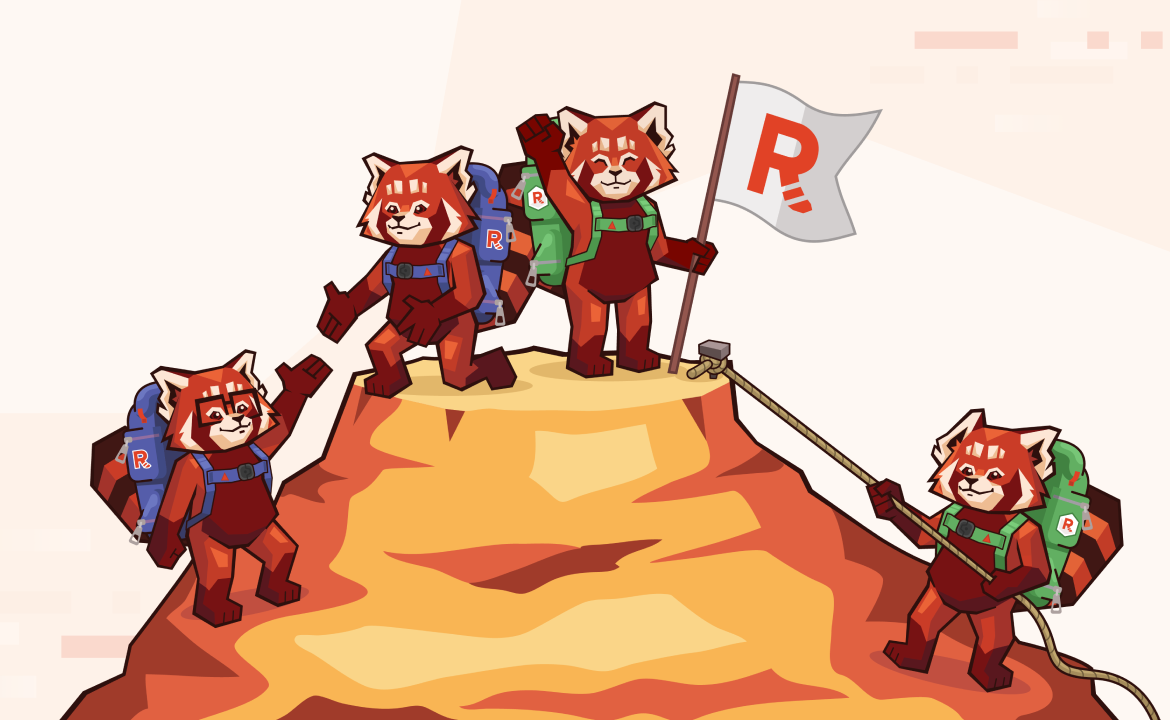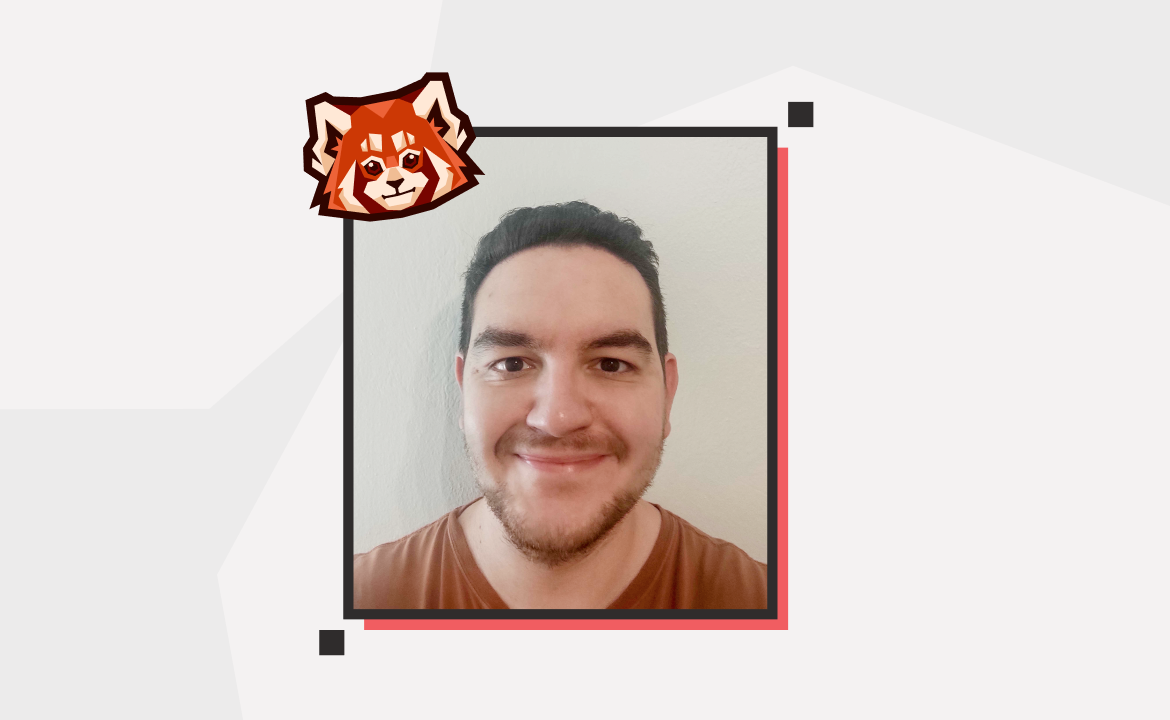Meet Christina Lin and learn what it’s like to be a developer advocate at a remote-first startup.

"The real mission of a developer advocate is to give people the gift of simplicity—to turn complex concepts into easily-digested content so developers can spend less time scrolling and more time coding."
There are many questions about the role of a developer advocate floating around. The truth is, it differs from one company to another. But, the underlying goal is always the same: to help developers do their jobs faster and easier while helping the company better understand their audience. Think of it as a two-way bridge between a company’s internal teams and the developer community—where you help to distill the right information, and then communicate it to all the right people.
I’m a developer advocate here at Redpanda. It’s only been a few months, which means I’m in that sweet spot where I have enough experience to talk about the role, but still new enough to relate to the common concerns about becoming a developer advocate.
So in this post, I’ll share what it’s really like to be a developer advocate at a remote-first startup, talk a bit about the cool projects we’re working on, and end with some tips for anyone curious about becoming a developer advocate themselves.
From introvert to advocate
A little bit about me: I was born in Taiwan, grew up in New Zealand, and now live in Boston. I love my two cats, fresh-ground coffee every morning, and gaming. (Ask me anything about Pokémon, Diablo III, and Final Fantasy!)
Honestly, I never saw myself ever being a developer advocate. I’m a huge introvert, so the thought of being in the spotlight was never something I thought I’d want to do.
I’d say it all started when I was the lead developer in a traditional insurance company. Most of my colleagues weren’t the most tech-savvy bunch, so I found myself always explaining new frameworks and technologies and trying to make them seem less overwhelming and scary. That was when I realized how much I enjoy helping people learn and adopt new technologies that could make their jobs a whole lot easier.
So I kept on going down that road, and eventually my audience expanded beyond my colleagues to local groups and communities. I then began incorporating graphics and my own drawings to explain things to fellow visual learners. This went down better than I thought it would—in fact, my 1-minute explainer video on Camel K got over 7,000 views!
Don’t get me wrong, I’m still an introvert, but the job of a developer advocate isn’t to be a sociable rockstar. The real mission is to give the developer community the gift of simplicity—to turn complex concepts into easily-digested content so they can spend less time scrolling through forums and more time actually coding.
The day-to-day of a developer advocate
Anyone who has worked in a remote-first startup knows that your days are never boring. You own your work, you control your schedule, and you’re trusted to do your job well. It’s the ideal environment for independent thinkers and doers who don’t want to exchange their freedom for a full-time job.
As a developer advocate, a core responsibility is keeping up with the developer community’s wants and needs, then making sure they’re reflected in your company’s roadmap. Being in a remote-first company means a lot of this research happens online—but there are always opportunities to go to conferences and events to speak with developers face to face.
Since I’m still quite new here, I start my days by browsing social media, popular forums, and our Redpanda Community Slack channel to see what developers are talking about. This helps me figure out what they’re struggling with or need more information on. Sometimes it’s general programming troubles, use-cases that we can help them with (but they don’t know about us yet), or a specific product-related question that isn’t covered in Redpanda Docs.
Then, I communicate my findings to our internal teams and we begin brainstorming helpful content ideas and how we can broadcast them across the community. It can be a webinar, an explainer or demo on Redpanda YouTube, a talk at an upcoming conference, a blog post, or any kind of creative medium you can think of.
My favorite part of this process is experimenting with different ways of telling stories and seeing how the community responds. I’d say that to be an effective developer advocate, you first have to be a good storyteller. That means taking in all the information, structuring it logically, then elevating it through words and images to tell a story.
Aside from gathering, analyzing, and creating content for the community, I spend time liaising with different teams (sales, marketing, engineering) since I’m not just an advocate for the company, but also for the community to make sure our product roadmap is being driven by the developers using it.
A peek into what I’m working on now
I’ve always been a huge fan of real-time data streaming. Since IoT and edge computing exploded and flowed into the tech mainstream, we’ve seen a flood of information about how to stream data faster and easier. The problem is, a lot of that information is confusing or simply obsolete as the real-time streaming space is always evolving.
On the other hand, developers are also noticing that real-time data streaming is where companies urgently need the most help, so they’re hunting for sources that can demystify all the complexities that come with streaming data in real time, and help them pick the right tools for the right use-cases.
That’s why we’re currently focused on building “getting started” guides, like our hands-on with Redpanda course and cluster operations for SREs course, which walk developers (of all technical levels) through common setbacks. We also have our ear to the ground for popular tools that are giving newcomers grief, like Apache Flink. We’ll be releasing a blog series and a free course all about Apache Flink, so it’s a good idea to subscribe to our blog to get notified as soon as it’s live!
Tips to become a developer advocate at Redpanda
My biggest advice would be to roll up your sleeves and dig in. Start experimenting with our free, source-available Redpanda Community Edition, and head over to Redpanda University for beginner-friendly courses. If you’re just entering the world of streaming, I’d start with our course on Streaming Fundamentals for an easy introduction to streaming and Redpanda.
The Redpanda Blog is another great resource for tutorials and popular integration examples. We often have developers from the community submit their own tutorials, which they usually do through the Redpanda Community on Slack, so that’s a great way to get yourself on the radar. Once you’re in the channel, you can also get more involved with our engineers and fellow developers—you could even end up as a guest on one of our webinars!
Overall, it’s about engaging with the community and making yourself a valuable source of information. If you do that, you’re well on your way to becoming a trusted developer advocate.
If anything I’ve described in this post has peaked your interest and you’d like to join us in helping the developer community skip the steep learning curves, check out our Redpanda careers page. To ping me directly, you can find me on our Redpanda Community on Slack by searching @Christina Lin. See you there!
Let's keep in touch
Subscribe and never miss another blog post, announcement, or community event. We hate spam and will never sell your contact information.





